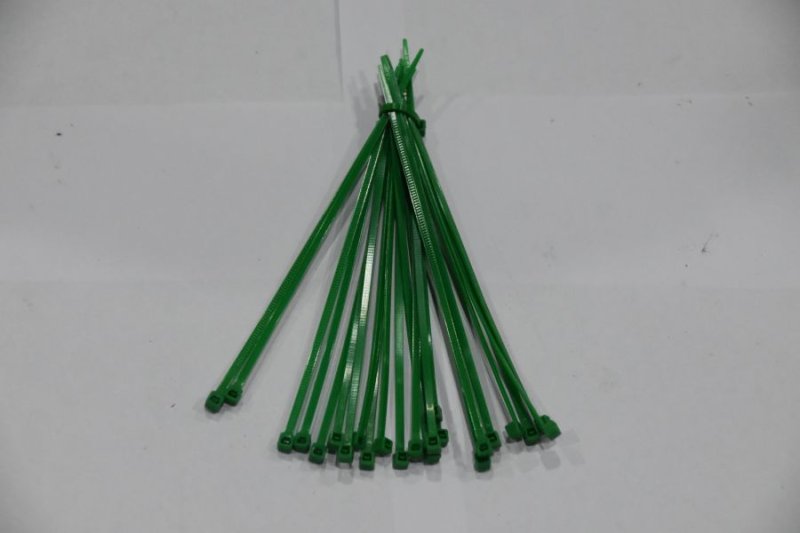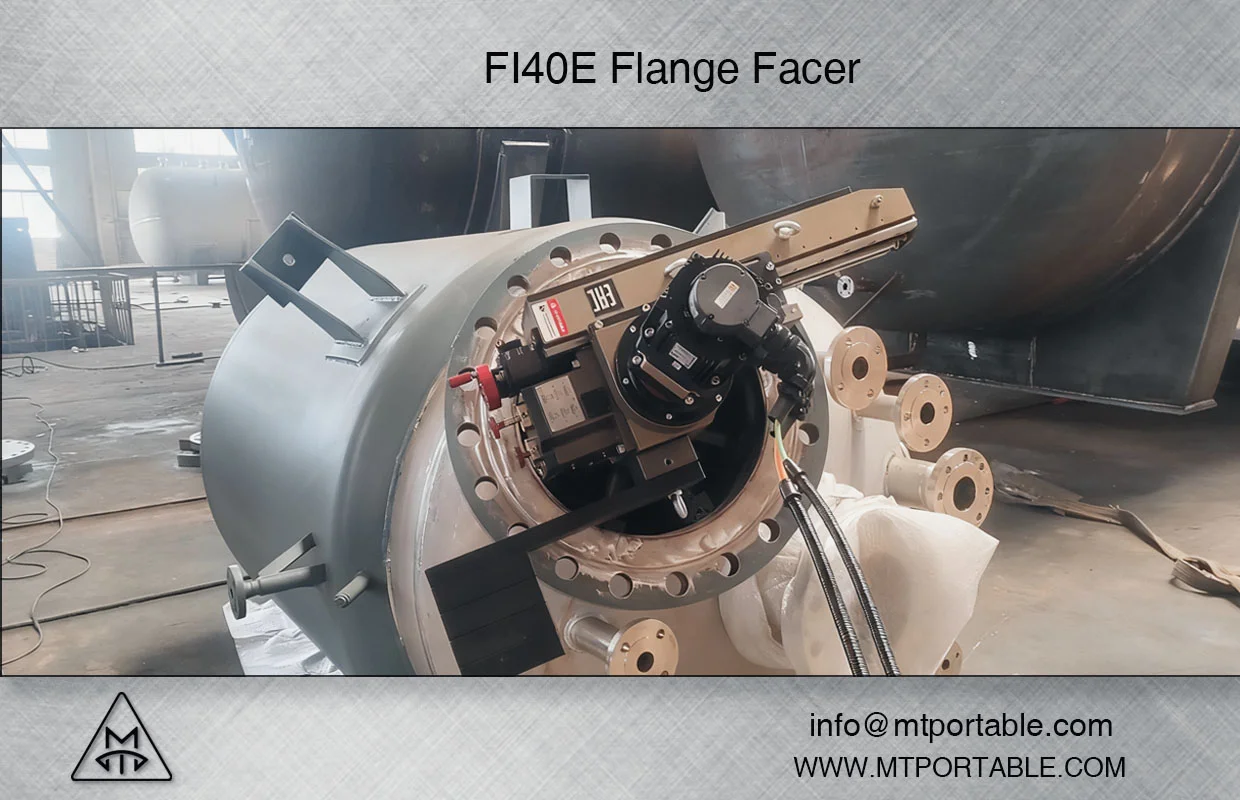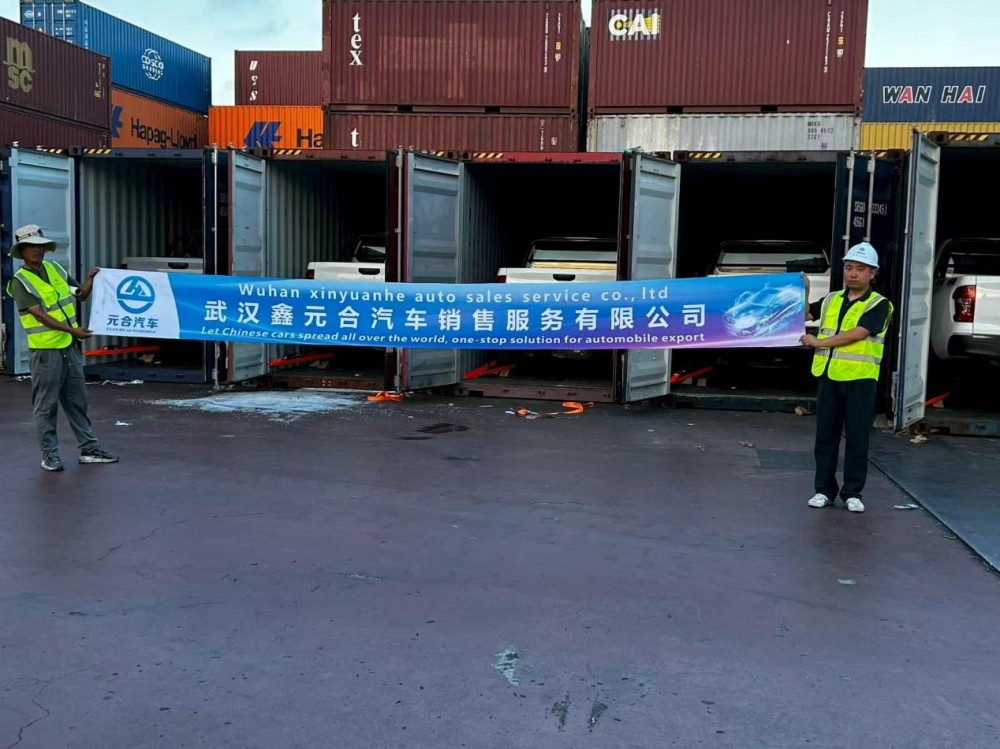In the world of cable management, choosing the right type of cable tie can significantly impact both efficiency and safety. While traditional cable ties have long been the industry standard, strip cable ties are quickly gaining attention for their unique advantages in automated applications. In this article, we’ll explore the key differences between strip cable ties and traditional cable ties, and why innovative manufacturers like Swift Automation Technology are revolutionizing the field with advanced solutions.

What Are Traditional Cable Ties?
Traditional cable ties, also known as zip ties, are single-use fasteners typically made from nylon. They are manually applied and tightened around bundles of cables, wires, or other items to keep them secure. These ties are inexpensive, easy to use, and widely available, making them a go-to solution in many industries.
Common characteristics of traditional cable ties include:
-
Manual installation
-
Single-use design (cut to remove)
-
Varying sizes and tensile strengths
-
Widely used in electrical, automotive, and construction industries
However, when it comes to high-volume or precision cable tying—especially in automated manufacturing settings—traditional cable ties may fall short in terms of speed and consistency.
What Are Strip Cable Ties?
Strip cable ties are designed specifically for use with automatic cable tie tools and machines, such as those developed by Swift Automation Technology. Instead of being fed manually one at a time, these cable ties come in strips or reels, allowing them to be automatically fed into a machine for high-speed, repeatable tying.
Key advantages of strip cable ties:
-
Compatible with automatic cable tie guns and machines
-
Significantly faster than manual application
-
Consistent tension and secure fastening
-
Ideal for large-scale industrial applications
Strip cable ties are commonly used in environments that demand high efficiency, such as automotive assembly lines, home appliance manufacturing, and data center cable management.
Why Swift Automation Technology Leads the Way
Swift Automation Technology is a global leader in the development and manufacturing of automatic cable tie tools and cable ties, offering comprehensive solutions for both manual and automated cable tying needs. Their product range includes:
-
Automatic cable tie machines and guns for industrial automation
-
Custom-engineered strip cable ties designed for smooth, jam-free operation
-
Supporting devices and accessories to optimize production line performance
Swift’s solutions are designed to meet the evolving demands of modern manufacturing—helping clients reduce labor costs, increase operational efficiency, and ensure product consistency.
Choosing the Right Cable Tie for Your Application
When deciding between strip cable ties and traditional cable ties, consider the scale and speed of your operations. For simple, low-volume tasks, traditional cable ties may suffice. But for high-volume, high-precision environments, strip cable ties combined with automatic tools offer a transformative advantage.
If you’re looking to upgrade your cable management processes, explore Swift Automation Technology’s line of intelligent cable tying systems. With their innovative approach, you can streamline production, improve quality control, and stay ahead in today’s competitive manufacturing landscape.
Final Thoughts
The choice between strip and traditional cable ties ultimately comes down to your application needs. Thanks to cutting-edge companies like Swift Automation Technology, businesses now have access to smarter, faster, and more reliable cable tying solutions. As automation continues to shape the future of industry, embracing technologies like strip cable ties will be essential for staying efficient and competitive.
www.sz-swift.com
Shenzhen Swift Automation Technology Co., Ltd.


More Stories
Application Case of MT Portable Flange Facing Machine in the Petrochemical Industry
Round packaging machine: the power of efficient integration
Understanding the Titanium Cathode Drum PVA Polishing Machine: Principles and Applications